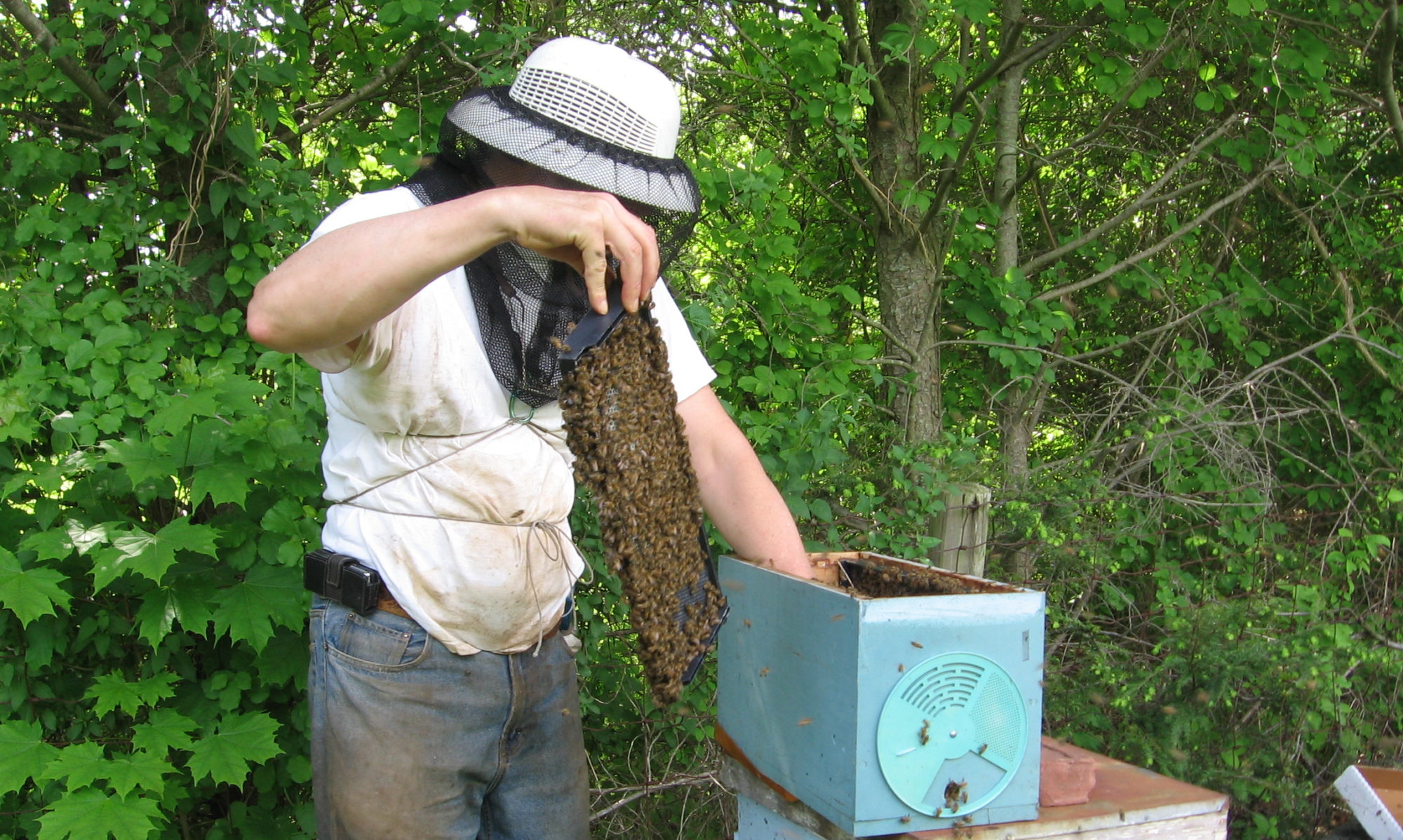When I speak at garden clubs and such, I am often asked why we don’t see as many bees around our yard as we did when growing up. I often reply with a question: “What did your yard look like when you were growing up?” The response is normally that it was weedy with clover, dandelion and other such things growing there. With today’s chemically treated yards, there are no weeds to bloom. There is just grass. A nice grass yard is a desert to bees and other pollinators. There is nothing there for them to feed upon so there is no reason to visit it. I often get groans when I suggest they plant dandelions (good spring feed) and clover (good summer feed).
Planting for pollinators is becoming popular but you don’t have to think only of marginal agriculture land and roadsides. Think about making your yard either a Bee Lawn or a meadow of wild flowers. A Bee Lawn is regularly mowed to a height of 3.5 to 4“ and allowed to grow to up to 6” between mowing so that the flowering plants can survive and bloom in this height range. A flowering meadow is only mowed once a year after a killing frost so the flowering plants can grow to much greater heights but woody plants will be prevented. There are several good sources of information to support you in this endeavor:
Michigan Pollinator Initiative has information on planting either a meadow or a lawn to bee-friendly plants and thus all pollinators.
University of Minnesota also has some very good information of Bee-friendly lawns and meadows.
Seeds for planting pollinator-friendly spaces can be purchased in small quantities from beekeeping supply houses such as Betterbee. Seeds for large plantings are available in bulk from Ernst Seeds in Pennsylvania.
